Why don’t aircraft manufacturers make dedicated, 747 replacement aircraft, with a front or rear loading door for cargo operations? Well, they sort of do, but… it’s complicated.
In recent articles, we mentioned how vital some cargo aircraft are, for ‘outsize’ cargo loads. Cargo airliners come in many shapes and sizes. Some are dedicated, newly-built aircraft for cargo operations, others are conversions. And as we saw, in 2020 (and for a while longer) they have become vital, as bellyhold cargo became rarer.
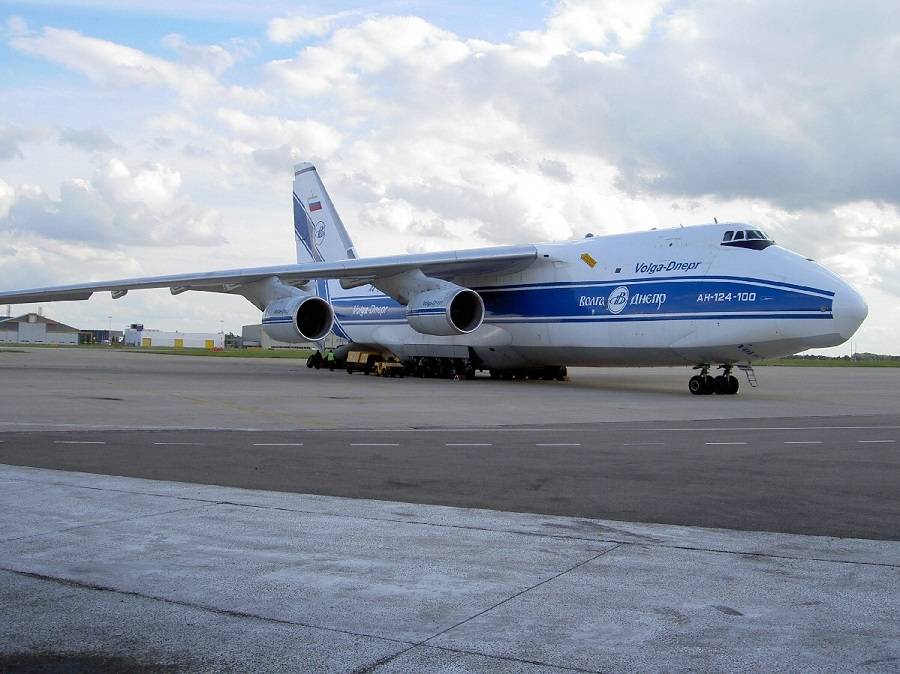
But even before the crisis, bellyhold cargo couldn’t cater for certain loads. Even dedicated cargo aircraft can’t carry oversized (or ‘outsized’) cargo. For that, only jets that have front or rear cargo doors will do. That is why jets like the 747-8F are still in production – for another year, anyway. And it’s also why really inefficient aircraft like the Antonov An-124, and even the singular An-225, are still around. They will stick around for some time yet, too.
But this begs a question. If such aircraft are so important, if their role is so vital that we keep inefficient jets in service specifically because we need them, then why not make some new ones? Why not make new, dedicated cargo aircraft designs, and make them efficient, with two engines? And with a front or rear cargo door, obviously.
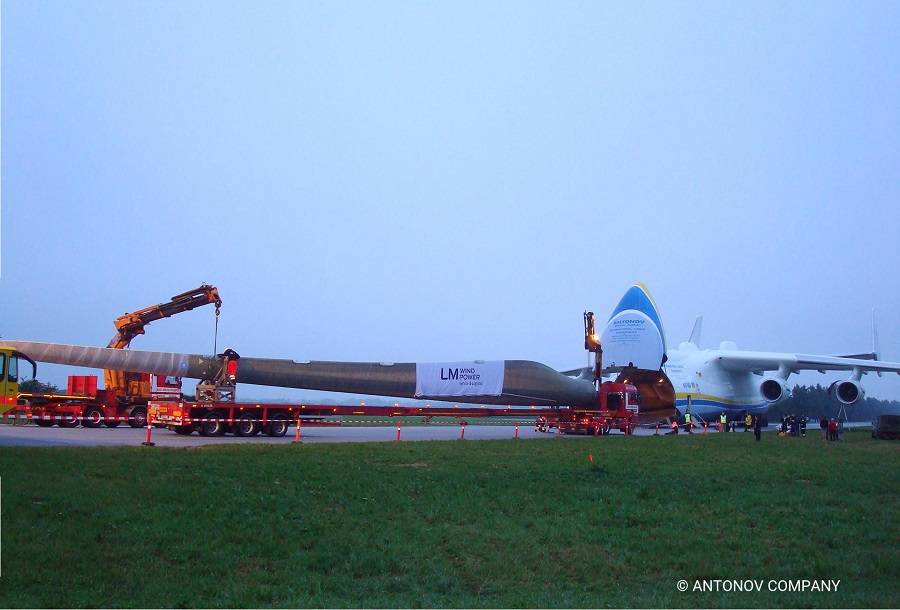
Size And Production Volume Of Dedicated Cargo Aircraft
The problem is one of scale: scale of the aircraft, and of its sales potential. Developing a brand-new aircraft is expensive. So, manufacturers make sure there is a good market for them. Even with straight-forward airliners, manufacturers like to have firm orders with 2-3 launch customers, before starting the project. More special cases, like dedicated cargo aircraft, are trickier. It would be difficult to offset the development cost of such a new design, with just a few dozen sales.
The fact is, most of the world’s air cargo, travels around the globe just fine, in current airliners. Nearly half the volume of cargo is carried in the bellies of passenger jets, as we’ve seen. So demand for special ‘outsize’ cargo loads is quite small. Small enough, in fact, for current, less efficient dedicated cargo aircraft, like the Antonovs and the 747-400F, to be acceptable. As important as they are, outsize loads are a niche market.

However, there is another bunch of people who also have big stuff to move around: the military. And they don’t mind paying a bit extra to develop something new, if it is necessary. So there are several examples of dedicated military cargo aircraft around. And with few exceptions, they generally have rear doors. Some have front and rear, too. In fact, those An-124s were really a military design first.
The Value Of Efficiency In Cargo
Logically, then, it would be possible for a military cargo plane, to work as a civilian dedicated cargo aircraft. Complete, with its rear (or front and rear) doors, of course. But there are a couple of issues with that. Firstly, the designers of these military aircraft have to make them suitable for some harsh operations, from short, and often rudimentary runways. By civilian standards, they are rather heavy and overbuilt.
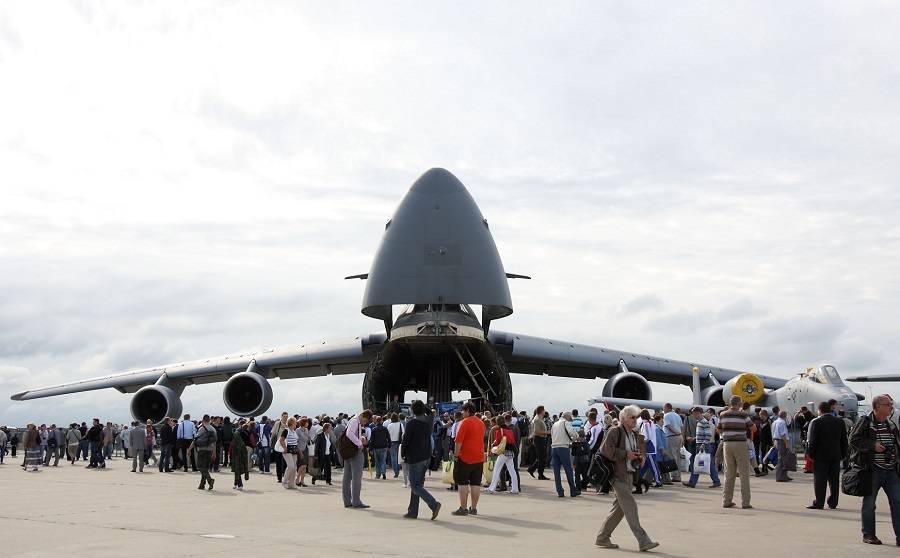
But the biggest problem here is that militaries aren’t too concerned about efficiency, either. So, those, big, rear-door equipped, dedicated cargo aircraft, generally have four engines. To put their inefficiency in some perspective, let’s look at the biggest western cargo plane to see service. When the C-5 Galaxy appeared in the late 1960s, Lockheed proposed a civilian version to the airlines. They turned it down, because it was too inefficient, then. And this was before the 1973 oil crisis! To be fair, it got new engines since.
There are some other minor (?) issues. For instance, dedicated military loading and palletizing systems that aren’t necessarily compatible with those in civil cargo aircraft. There are smaller, twin-engined military cargo planes, yes. But they are probably too small to be of interest to those cargo companies that cater to outsized loads. And none have seen civilian use… with one notable exception.
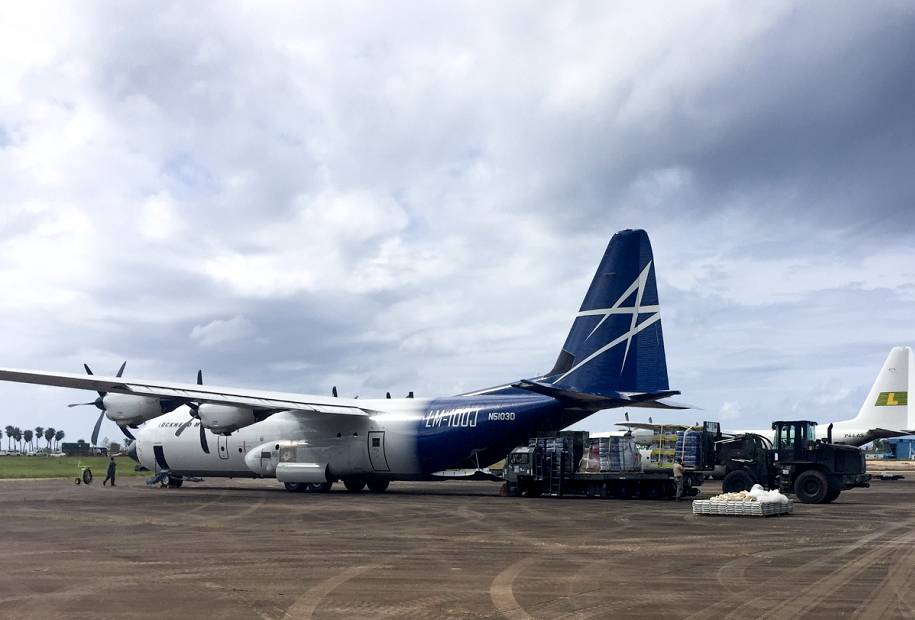
The Hercules, Or Something Like It
Many people are familiar with the Lockheed C-130 Hercules. ‘C-130’ is its military designation, however. From early on, Lockheed made a dedicated civilian cargo version of this aircraft, called the L-100. And they recently brought it back to production, with newer, more efficient engines, as the LM-100J.
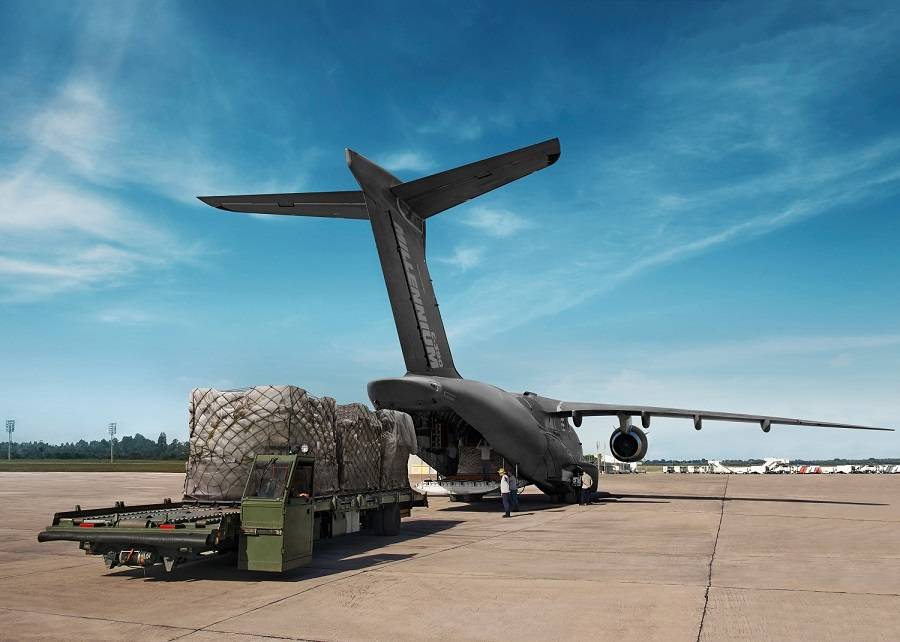
But it has four of these engines. Turboprops, could be more efficient, of course, depending on how new they are. Leonardo (formerly Alenia) in Italy makes a smaller, twin-engined version, called the C-27J. They, too, have offered a civilian version. But unlike the LM-100J, this dedicated cargo aircraft has not received any civilian orders. Embraer makes the C-390, with two engines ‘borrowed’ from the Airbus A320. They don’t offer it to civilians at this time.
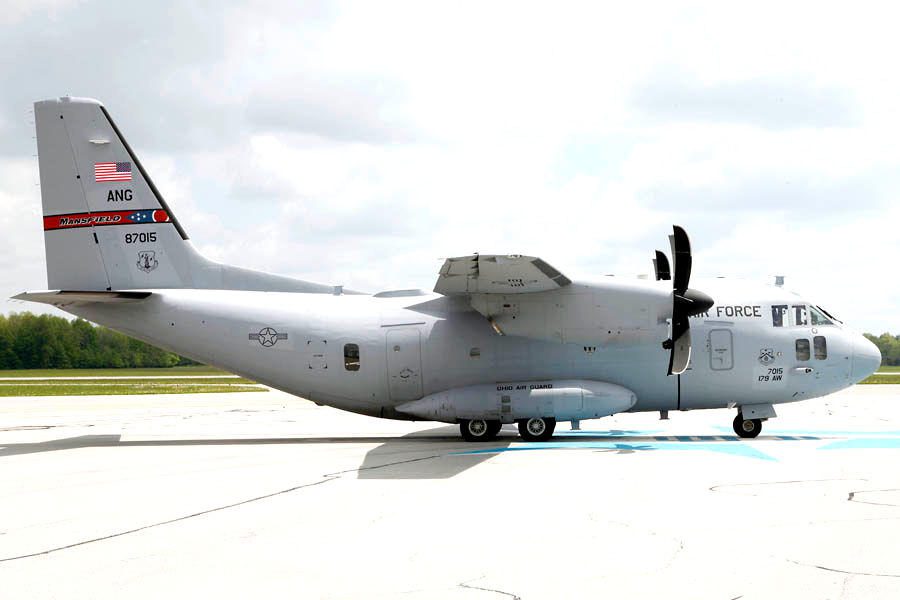
But even if they did, it’s doubtful that it would make a dent in the sales of existing cargo jets. The Embraer and the Leonardo twin-engined cargo jets both have rear doors, yes. But arguably, a Boeing 777F with its big side door, would fit most of what they can carry from their rear ramp. And carry it much further, too.
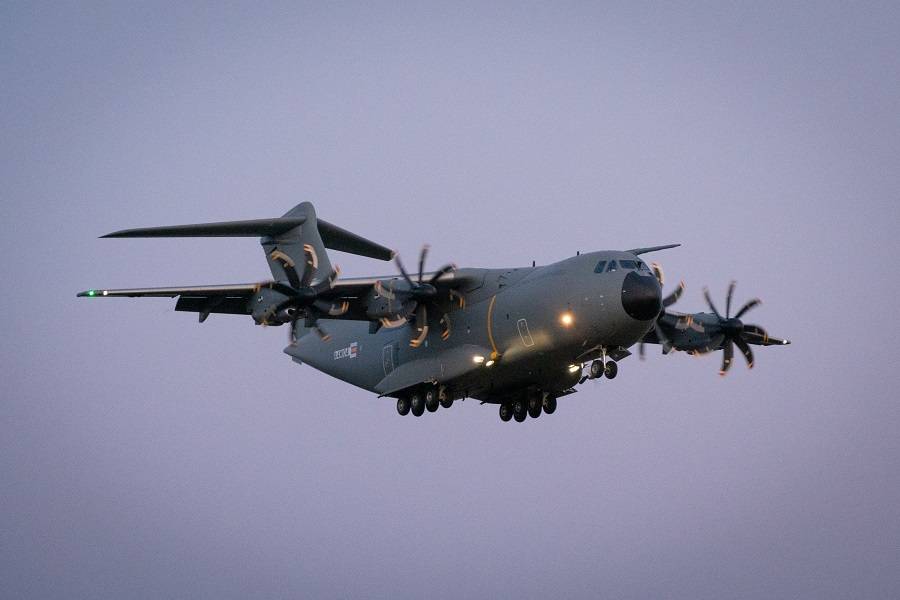
So a movement towards military-style, dedicated cargo aircraft, with more efficient engines, is unlikely to come soon. But eventually, all these 747-8Fs and anything older (Antonovs included) will reach retirement. And maybe this is so far down the line that we will have at least some electric airliners by then.
So even if more efficient cargo planes finally appear, they will likely still be less efficient than anything else! Until then, we will have the 747 to look at. Which is no bad thing, of course.



